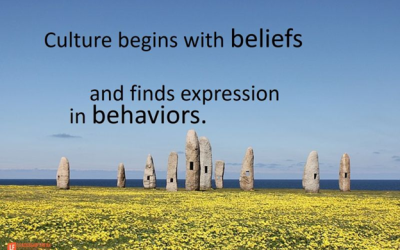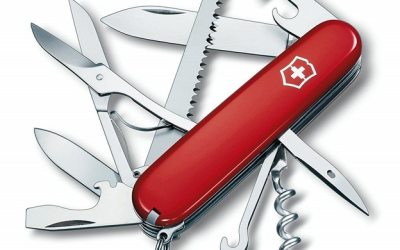I recently received an email from a new vendor telling me they were going to miss an appointment. I couldn't have been happier. Not the usual response, is it? The vendor was making a schedule change for all clients due to weather conditions. They informed me of the...
INSIGHTS
Thoughts on strategy and operations from a Fractional COO
Owning versus Mastering Your Tools
There is a huge difference between possessing and being able to use tools effectively. One of my friends bought a new set of golf clubs. This is nothing new – he does that every couple of years. It prompted a mutual friend to sarcastically comment, “you have the best...
Fractional COOs and Swiss Army Knives
Fractional COOs are the Swiss Army knives of the fractional executive world. "Operations" means different things to everyone and each industry. Because every client has different needs, we must have lots of tools at our disposal. We also have to be flexible in scope...
Ready to take your first step towards breaking through to a new level of performance?
Then let’s hop on a call and see if System & Soul is right for you.




